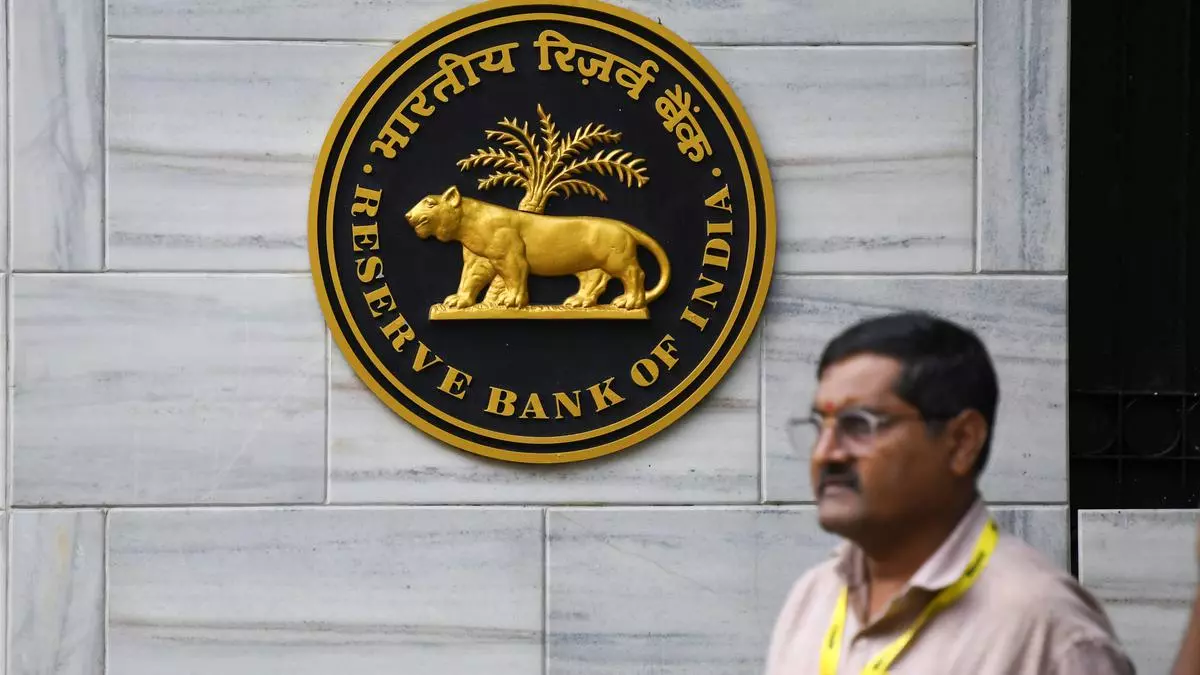Expands scope of regulated entities, broadens definition, refines identification process
The Reserve Bank of India has issued a draft paper proposing revisions in the guidelines for handling wilful defaulters, wherein it has expanded the scope for regulated entities that can classify borrowers as wilful defaulters, broadened the definition of wilful default, and refined the identification process and mandates a review and finalisation on wilful default aspects within six months of an account being classified as a non-performing asset.
“The instructions on wilful defaulters have been revised after a review of the extant instructions and consideration of various judgments/ orders from the Supreme Court and High Courts, as well as representations/ suggestions received from banks and other stakeholders,” the central bank said, seeking comments and feedback by October 31.
Revised framework
The revised framework comes after the Supreme Court in March, in a case against RBI’s 2016 circular, ruled that a hearing must be allowed to borrowers before the classification of an account as fraud and that there must be no unilateral declaration of fraud by banks without a hearing. Lenders had argued that the circular is aimed at early detection of fraud and that the classification is limited to inter-bank communication in order to exercise due caution.
The RBI has proposed that lenders will need to examine the ‘wilful default’ aspect in all accounts with outstanding amount of ₹25 lakh and above and complete the process of classification as a wilful defaulter within six months of the account being classified as NPA. There is no such timeline in the existing regulations.
As per the draft norms, lenders may identify and classify a person as a ‘wilful defaulter’ after examining of the evidence by an Identification Committee, which will then issue a show-cause notice to concerned person for submissions. The Identification Committee will then make a proposal to the review committee and an opportunity will need to be provided to the defaulter to present against the proposal within a reasonable time.
Further, a non-whole-time director, including an independent director/ nominee director, will not be considered as wilful defaulter unless it is conclusively established that the wilful default was undertaken with their consent or connivance or they were aware of the default.
“No additional credit facility shall be granted by any lender to a wilful defaulter or any entity with which a wilful defaulter is associated,” RBI said, adding that this includes any subsidiary company or JV or associate company where the wilful defaulter is associated as promoter, director, or the one in charge.
Credit facility
The bar on additional credit facility will be effective for up to one year after the name of the wilful defaulter has been removed from the List of Wilful Defaulters (LWD) by the lender, but no credit for floating of new ventures can be given for 5 years.
Wilful defaulters will also not be eligible for restructuring of credit facility. Further, lenders can initiate legal and criminal proceedings and demand penal charges where applicable, it said.
The revised framework also addresses the treatment of wilful default loans sold to Assets Reconstruction Companies and their status under the Insolvency and Bankruptcy Code.
Courtesy: Business Lines dt 21st Sept 2023






